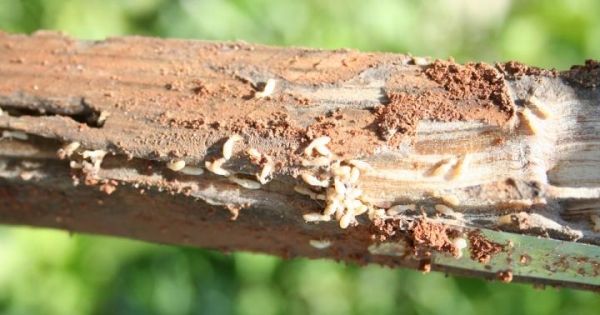Termites are unwelcome in your home. They can cause structural damage to the wood in frames, floors and other materials. It’s nothing personal, though. They are really just looking for food sources.
But, outside, in the natural environment, termites are part of an entire ecological system. Their role is to help turn dead trees into valuable organic matter.
And, a recent study showed that termite activity in the soils of wetlands can help improve soil structure and nutrient content.
To study this question, Deborah S. Page-Dumroese and her colleagues researched various types of bedding systems in eastern South Carolina. “Microorganisms and termites are the primary wood decay agents in forests of southeastern United States,” says Page-Dumroese. Previous research showed that raised planting beds on poorly-drained soils greatly improve the survival and growth of planted seedlings. Page-Dumroese’s research team showed that bedding in wetlands could be a good management practice, too.
Read more at American Society of Agronomy
Image: Researchers compared termite activity on stakes made of aspen and loblolly pine trees, both common in eastern South Carolina. (Credit: Martin Jurgensen)


